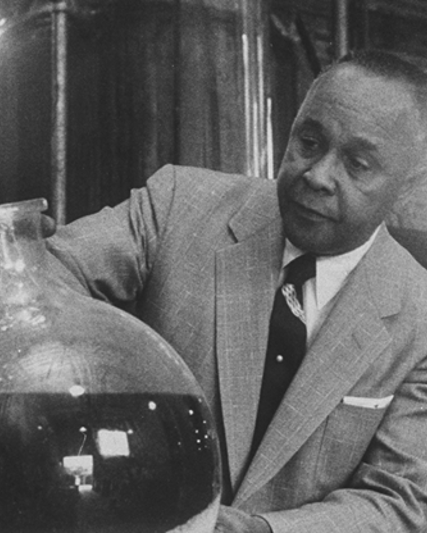In the late 1940s, even as television set ownership proliferated, methods for broadcasting color images had only experimental success, and the lack of a standard color transmission system proved to be a hurdle to its development and adoption.
In 1949, Smith Kline & French Laboratories (now GSK) invested in the promise of color television through a partnership with the CBS network. The goal was to experiment with, develop, and demonstrate color TV equipment ….in the hope was that it would prove valuable in the teaching of medicine and surgery even before its widespread public use.
Both were accomplished.
In June of that year, an appendectomy performed at Atlantic City Hospital and broadcast on a closed-circuit to hundreds of physicians at the nearby Convention Hall as a part of the American Medical Association (AMA) annual meeting became the first live, non-experimental color TV program. Additional transmissions, including a C-section, a pediatric heart surgery, and a gastric resection, continued throughout the conference and were lauded as a huge breakthrough in both the medicine and broadcasting industries.
The Company’s continued research and development of color TV transmissions resulted in the first transcontinental and satellite/trans-Atlantic color television broadcasts, also at medical conferences.
Nearly 70 years later, we may have a different name, but we still embrace the spirit of cross-industry collaboration.



